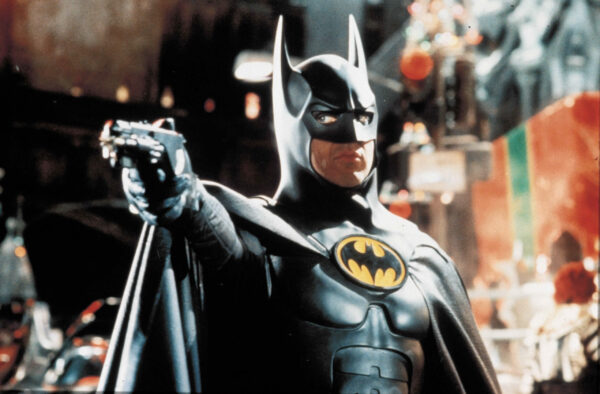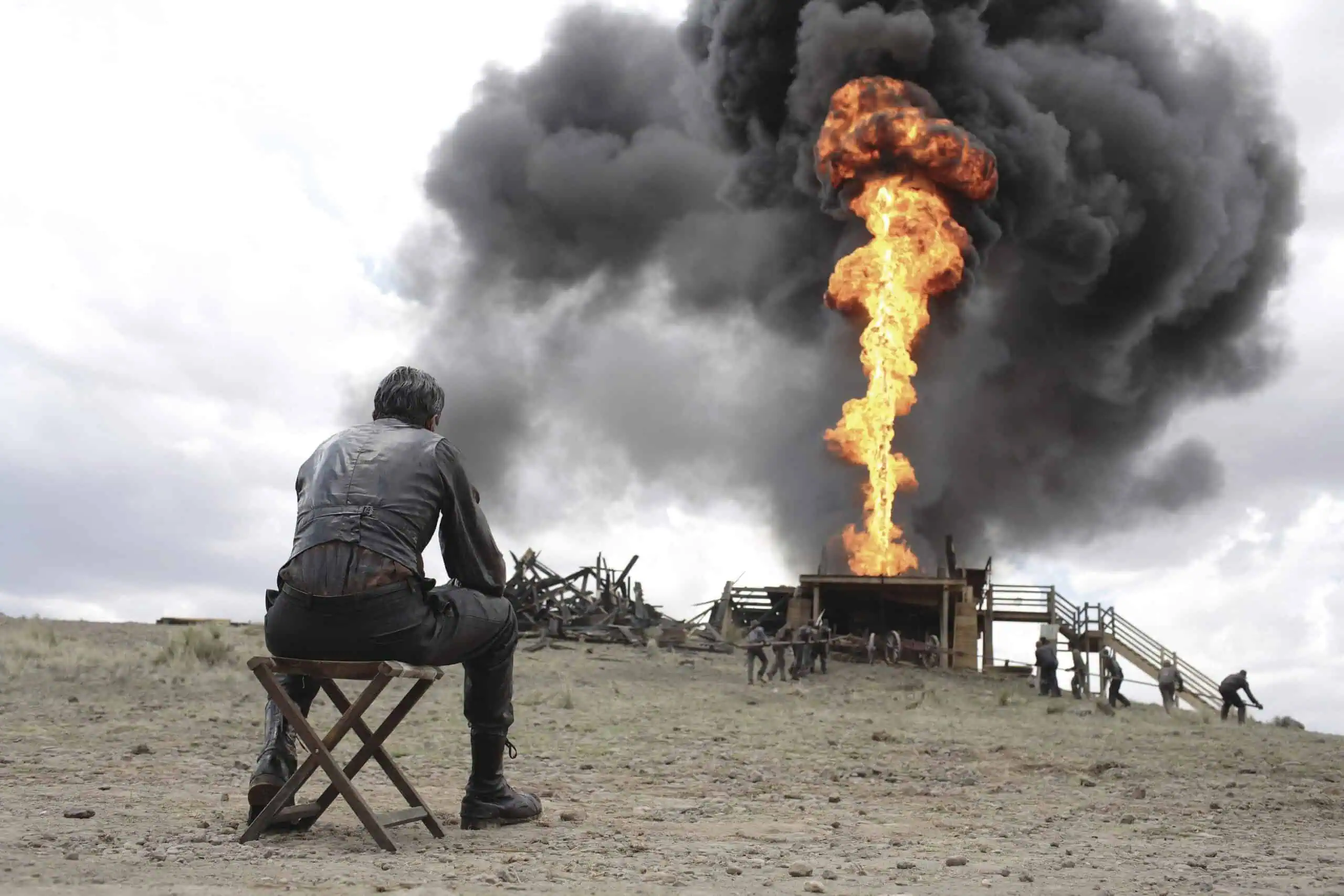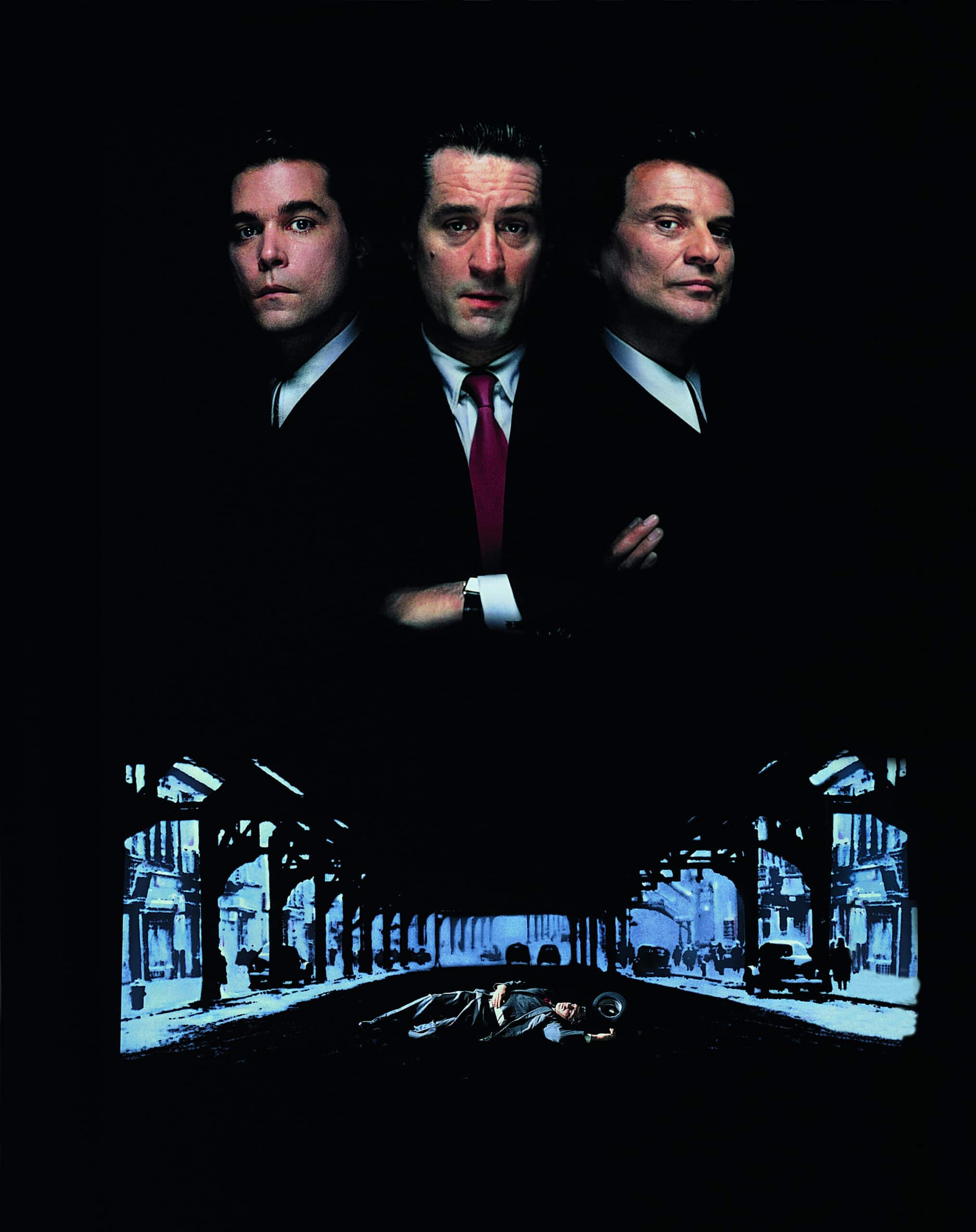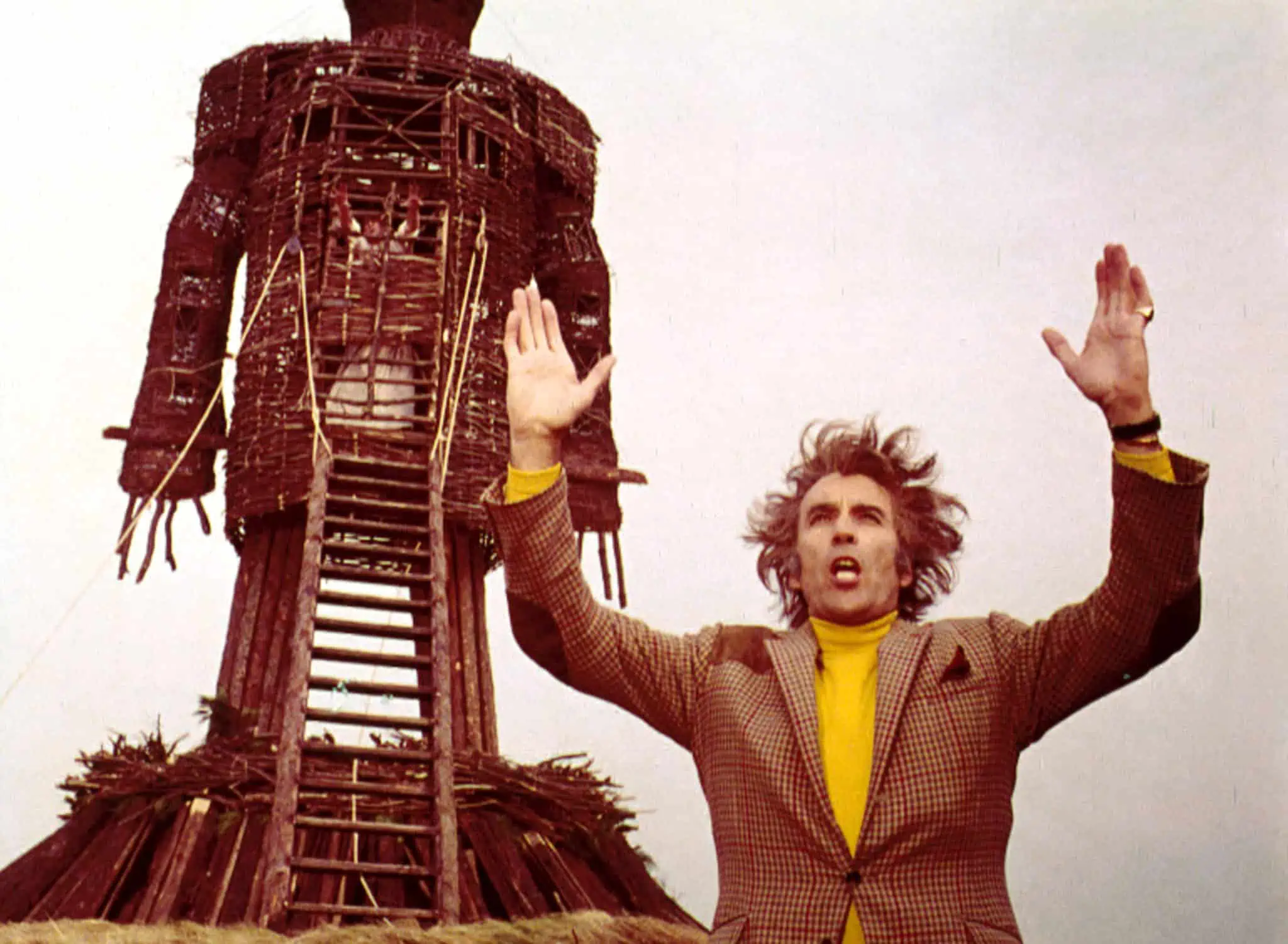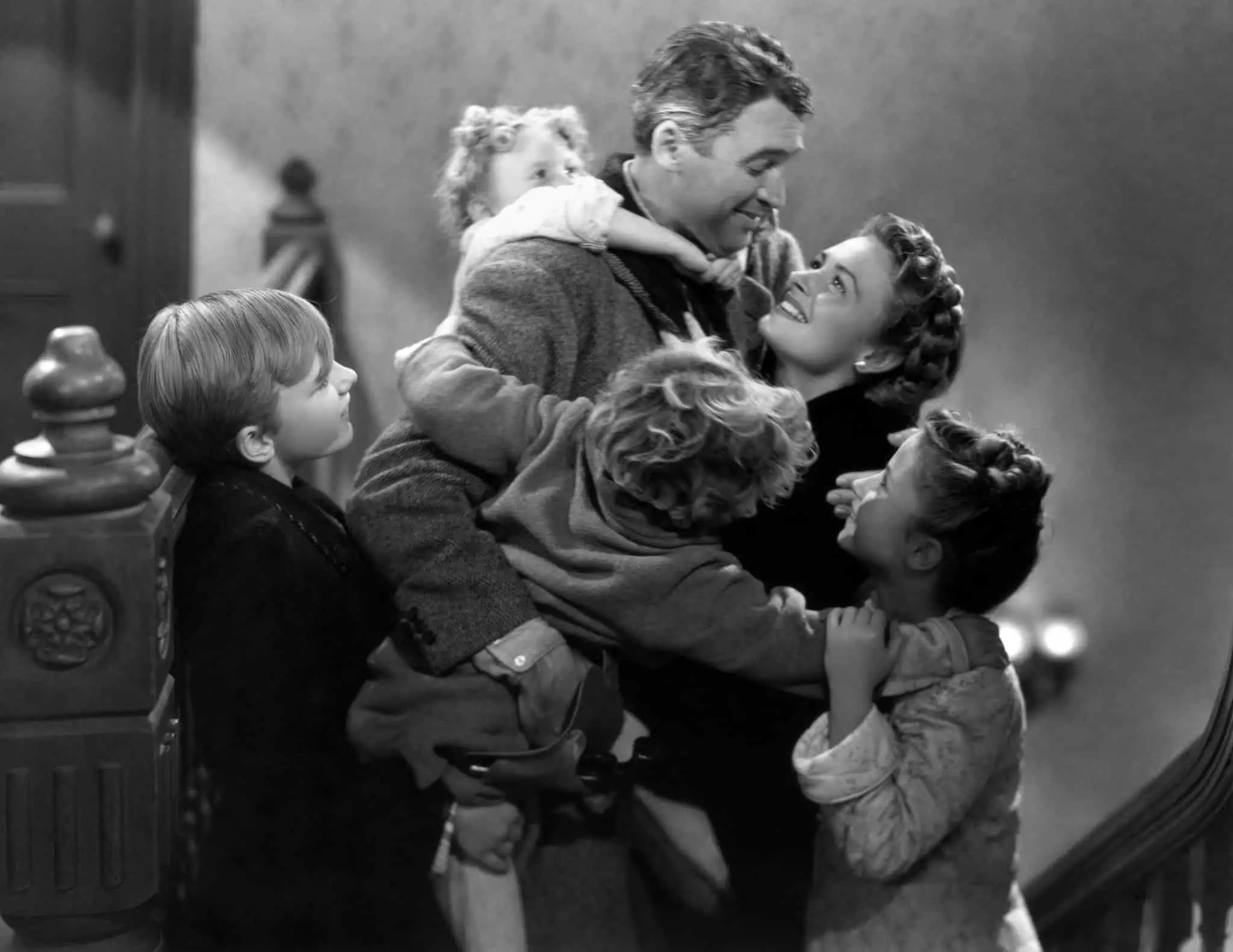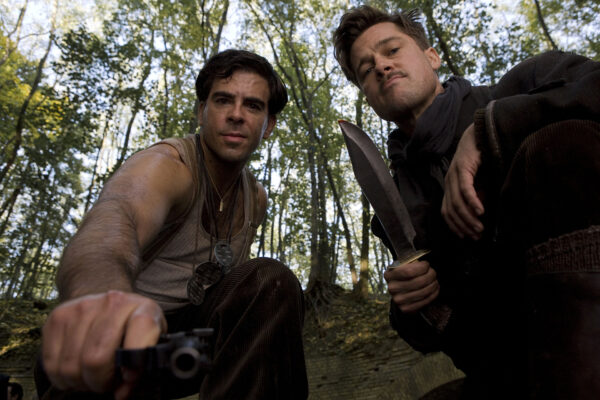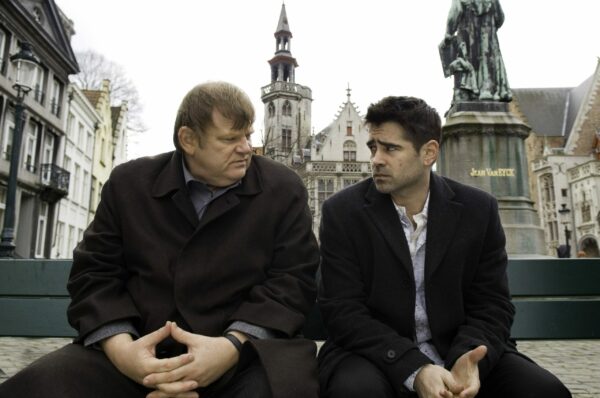
The remake is something that has been a Hollywood staple for decades. Some movies though, find themselves remade again and again every few years. Amy Smith looks at two examples, and explains why some stories will be re-told forever.
Today’s generation lives in a world where we desire nostalgia, whilst also craving stories that feel personally made for the current climate. The film industry is booming with original stories in many genres that tap into what makes us tick at this moment, but they are also retelling classic tales with a twist, giving us the nostalgic feeling whilst also being extremely relatable. Over the past few years, there have been adaptations of films that have been told for many decades and two in particular have been represented on the big screen several times in the past century: 2018’s A Star is Born and 2019’s Little Women. However, these two films still feel relevant in today’s society and both adaptations put a twist on their tales, presenting a new message to the current audience.
The first film, from 2018, is Bradley Cooper’s A Star is Born. Whilst this may not be a story that everyone was familiar with going into this adaptation, it is a story that has been told three times previous on the big screen. Originally a film in 1937 with Janet Gaynor and Frederic March, this story was previously adapted again as a musical in 1954 with Judy Garland and James Mason, and again as a rock musical in 1976 with Barbra Streisand and Kris Kristofferson. The 1976 version of this film had a superstar singer-songwriter fill in the lead female role, so it is no surprise that Lady Gaga was cast in the 2018 version.
Each version of the film takes a different twist on the story, and yet all of them make sense for that particular era. The original in 1937 focused more on the film industry, with the leading lady not aspiring to be a singer but an actress. To celebrate the rise of the film industry by having the subject matter be about the film industry itself makes a lot of sense narratively here. The 1954 adaptation is a more personal approach to the story, in which Judy Garland lives a huge part of her life in the film as somebody who has to deal with an alcoholic partner whilst she rises to fame as a musician. The 1976 adaptation of the film, going a more musical route, focuses on rock music and capitalises on the success of that genre during the 1970s, commenting on the lifestyle that these musicians led and how dangerous it was.
The film industry is booming with original stories in many genres that tap into what makes us tick at this moment, but they are also retelling classic tales with a twist.
The most recent adaptation was planned all the way back in 2000 with Aaliyah and Paul Walker lined up to star, but it was not until Bradley Cooper got in the director’s seat that the project came to life. The music industry has changed drastically over the past forty years, and that comes through in this most recent adaptation of the story. Not only has the digital era made a huge impact on the industry, from the way we consume media to how news spreads quickly, but the pressure of the media itself has drastically changed those in the industry itself. 2018’s A Star is Born showcases these changes, from scenes of Lady Gaga’s Ally making it big by having huge views on YouTube to Ally’s music producer being concerned about the relationship between her and Bradley Cooper’s Jackson Maine ruining her success as a musician. Whilst these may be small changes to a story that has been adapted several times before, they make a huge impact for today’s audience.
Jackson and Ally sing Shallow in the 2018 A Star Is Born.
The second film, released only last year, is Greta Gerwig’s Little Women based on the 1868 novel of the same name by Louisa May Alcott. Not including television or musical adaptations, the story has been adapted a total of seven times for the big screen, including one the year before Gerwig’s version by Claire Niederpruem. It is a story that many people adore, and most people who have grown up with the story have their own personal favourite adaptation.
Each version of Little Women also seemed to be made for different audiences, adding something new each time. The first adaptations, made in 1917 and 1918, were both silent films. The 1933 adaptation included sound and was followed by an adaptation of Louisa May Alcott’s Little Men the year after. In 1949, a colour adaptation starring Janet Leigh and Elizabeth Taylor was released. It was not, however, until the 1994 adaptation with Winona Ryder and Kirsten Dunst that Little Women was considered for the Academy Awards, receiving three nominations.
With an adaptation released the year before Gerwig’s adaptation, many may question why this version feels necessary for today’s audience. Some people may not even be aware of the 2018 adaptation by Niederpruem, starring Sarah Devenport and Taylor Murphy, due to the lack of publicity and bad reviews that the film had received. Audience members were still more attached to the previous adaptation with Ryder. However, Greta Gerwig has been a growing name in the film industry and she had made it extremely clear that she grew up adoring the source material and wanted to present a new and fresh way of telling the story.
Saoirse Ronan at her briliant best as Jo in Little Women.
She did just that, with critics and audiences loving her film and receiving six nominations at the Academy Awards, including a win for Best Costume Design. Gerwig did something completely different to the other adaptations of this material, in that she changed the layout of the story to cut between the two time periods of the past and the present to tell the story in a nostalgic format. With most people knowing the big moment of the film, this format tells a story of Jo March (played by Saoirse Ronan) looking to the past in fondness, remembering the last times she and her sisters were all together. It provides a new narrative that had never been seen in an adaptation of Little Women before, yet one that audience members who have grown up loving the source material could easily relate to.
To conclude, it can be easy to make a simple adaptation of a film for money and rely on the love of the source material to make it a success. However, what ultimately gives these two films more success in the long run is how innovative they are, using the source material as a way to provide commentary that still feels relevant to this day, even if the tales have been told over many decades. These are films that encapsulate what stories we want told right now, and they will be looked at in the future as stories that impacted our lives at this moment.


